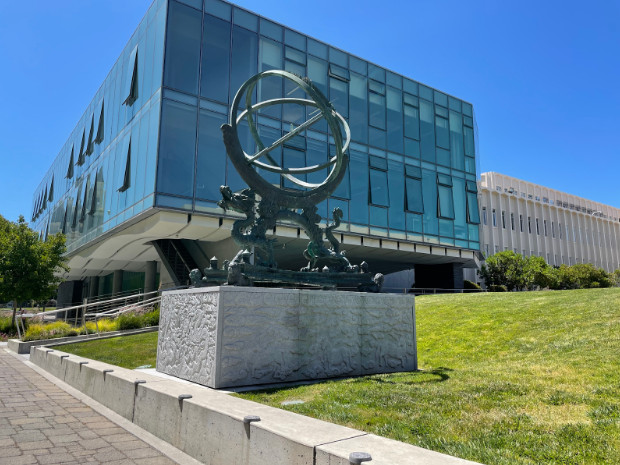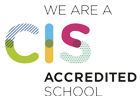I am so happy that you can “join” me as I begin to explore this area. Like many of you, I have never been to San Francisco before.
Today we are exploring two questions.
The first question is one that I am asked a lot these days: “How do I expand my university list to include more universities? Should I look at rankings?” (Ok, so my first question is really two questions, but I’m really excited about being here, so please forgive me!)
Although there are “literally” thousands of institutions of higher learning in the USA, the overwhelming majority of international students only apply to a limited number of universities. So, let’s expand our minds and think beyond the schools that everyone else is applying to. To do this, our senior students use a program called Cialfo to guide their search, but many high school students also like to use the website, Niche, to learn about different types of universities from a student-centered perspective. There are many reasons why rankings are flawed and should not be used as the main factor (if a factor at all) for drafting a university list. On this journey that we are taking together, we will explore other factors and questions that you can ask yourself when selecting universities to add to your list.
And now for a tip:
As I visit my first university of the tour, the University of San Francisco, I would like to note that many international students think of “Berkeley” or “Stanford” when I say San Francisco, but those universities are not even in the city of San Fran! Oftentimes, large “name” universities are located outside of the cities that students associate them with. Many US cities have smaller, private universities located in or near the city center. These universities may have more scholarship opportunities as well. I would like to highlight the gorgeous city campus of the University of San Francisco as an example of this! For example, the student who toured me around the USF campus is a Psychology major with a minor in Criminal Justice, and her largest class had 50 students in it while her smallest class had 5 students, with the university’s average class size of 25. This shows how smaller universities provide more personal academic settings for students.
Fun Facts (according to my student tour guide– feel free to independently fact-check and let me know what you find!)
- USF is at the geographical center of San Francisco
- San Francisco has more dogs than babies (!?)
And this leads me to the next question:
Are you a country mouse or a city mouse– Would you rather go to a university in the city or outside of the city? Brainstorm for yourself and discuss with your classmates and put your response in the comments section.
Which college will we visit next? You know I’m not going to say yet…so feel free to put your guesses in the comments section and stay tuned.


Notice the small class sizes


